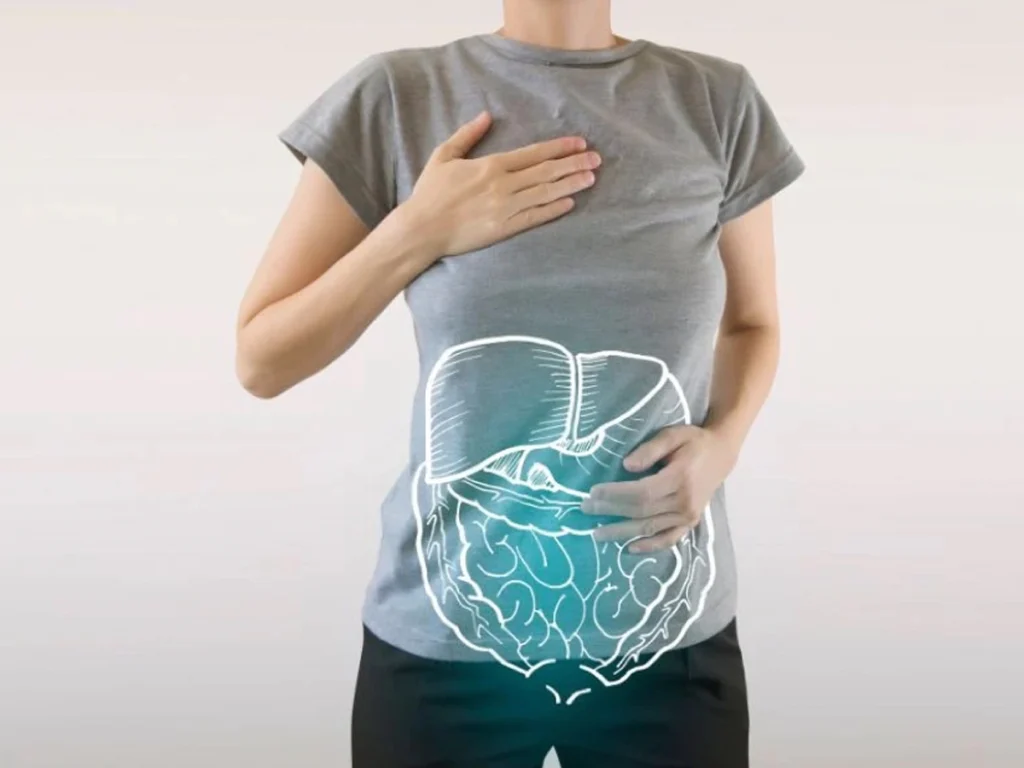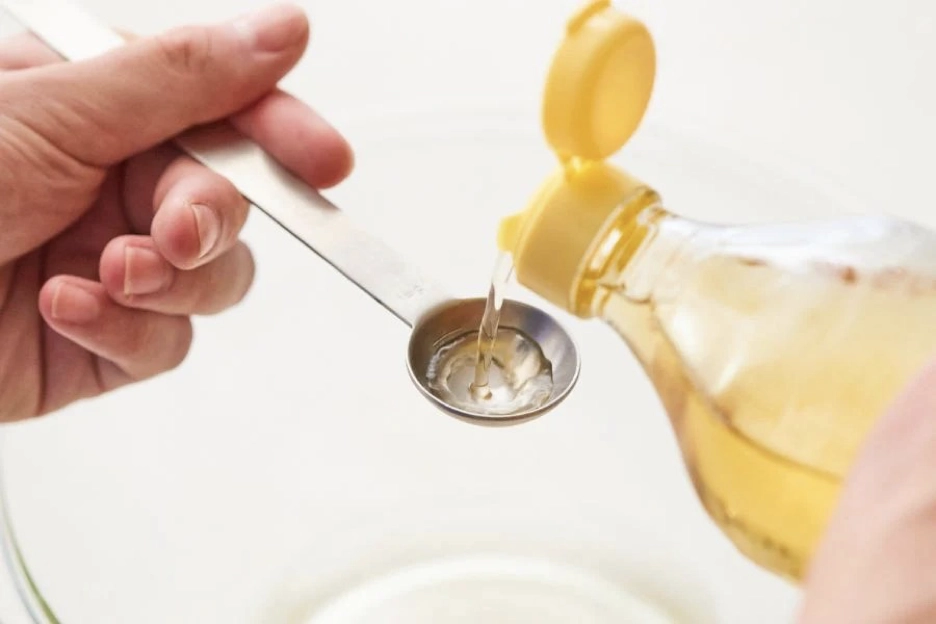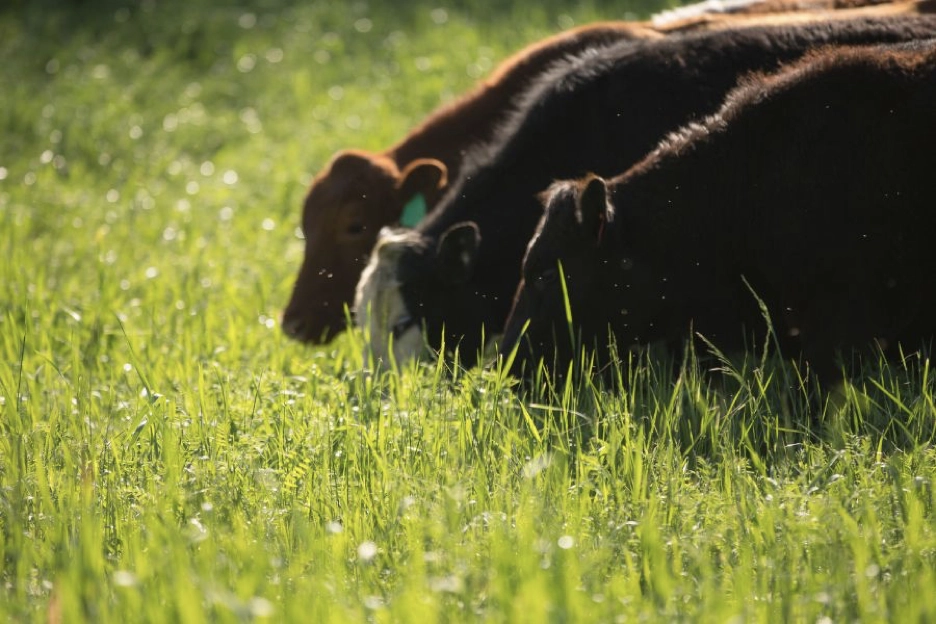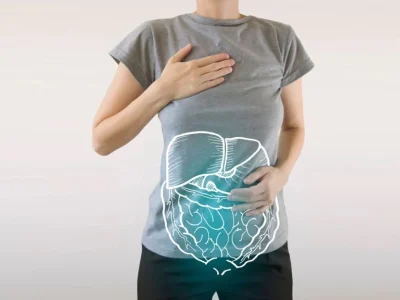1. A Storied History: Ghee Across Time and Cultures
Ghee—a golden, nutty clarified butter—has been woven into the fabric of South Asian life for millennia. Ancient Sanskrit texts reference ghee not just as food, but as “the nectar of immortality.” It played a role in Vedic rituals, fire ceremonies (yajñas), and offerings via Agni (fire), symbolizing purification and spiritual connection.
Ayurvedic texts, spanning over 3,000 years, mention ghee more than 770 times—far more frequently than any other milk product—highlighting its central therapeutic role. It was revered as a “rasayana,” a life-enhancing rejuvenator believed to bolster vitality, mental clarity, and immunity. Its spiritual, culinary, and medicinal importance made ghee one of the most honored fats in South Asian traditions.
As Indian culture blended into Middle Eastern and African culinary worlds, ghee followed—finding homes in both cuisine and medicine across continents.
2. What Is Ghee—and Why It’s Allergy-Friendly
Ghee is made by gently simmering butter, commonly derived from cow or buffalo milk. During this process, water evaporates and milk solids (including lactose, whey, and casein) separate and are removed. What remains is almost pure fat—rich, aromatic, and shelf-stable.
Because ghee is virtually free of lactose and casein, most dairy-sensitive individuals tolerate it well—even when strict diets prohibit regular butter.
Modern reviews confirm its low allergen content, making it broadly accepted in diets like paleo, Whole30, and keto.

3. Nutritional Value: More Than Just a Cooking Fat
A. Fat-Soluble Vitamins & Healthy Fatty Acids
Ghee is rich in vitamins A, D, E, and K, essential for immune health, vision, hormonal balance, and bone health.
When made from grass-fed milk, ghee tends to have higher levels of omega-3s, CLA (conjugated linoleic acid), and antioxidants compared to grain-fed versions. CLA is linked in studies to reduced body fat, improved metabolism, and anti-inflammatory benefits.
B. Butyric Acid: Gut-Healing Superhero
One of ghee’s gold-infused claims is its content of butyric acid, a short-chain fatty acid that nourishes colon cells, reduces gut inflammation, supports immune function, and may regulate gene expression via HDAC inhibition and GPCR activation.
Ayurvedic sources and modern articles alike highlight butyrate’s role in bolstering immune headquarters in the gut, reinforcing tight gut lining, and energizing colonocytes.
4. Ayurveda’s Therapeutic Take on Ghee
Ancient Ayurvedic texts credit ghee with extraordinary benefits across mind, body, and spirit. It’s prescribed to:
- Strengthen agni (digestive fire) and facilitate nutrient absorption
- Support detoxification and detox pathways
- Enhance cognition, memory, the senses, and even immunity
- Soothe tissues and regenerate skin, physical vitality, and clarity.
Modern reviews confirm these themes—ghee’s therapeutic footprint spans GI health, skin rejuvenation, immune support, and cognitive benefit.

5. Cooking, Skin, and Ritual Uses
A. Cooking Advantages
Ghee’s high smoke point (~485°F) makes it ideal for frying, roasting, and sautéing—without oxidizing or generating harmful compounds.
Its nutty flavor and versatility have made it a favorite among chefs and health-conscious home cooks alike—featured in everything from curries to baked goods.
B. Topical and Cultural Practices
In traditional medicine, ghee was employed as a skin salve for burns, inflammation, dryness, or swelling.
A rising trend in holistic wellness: applying ghee to the navel before bed, rooted in Ayurvedic energy traditions, is thought to soothe digestion, relax the nervous system, and even improve skin hydration and menstrual comfort.
It remains sacred, integral to worship—used in diyas, puja rituals, and offerings like panchamrita.
6. Modern Science: Benefits with Caveats
A. Beneficial Effects
Some studies highlight ghee’s promising impacts:
- May reduce body fat, insulin resistance, and inflammatory markers when substituted thoughtfully in diets.
- Linked to improved heart-health markers and lower disease risk when consumed traditionally.
- Time Magazine notes dairy fat isn’t as villainous as it once seemed—and may not significantly elevate risk for healthy individuals.

7. Ghee vs. Other Fats: Balanced Perspective
This is where things really separate.
While seed oils are often marketed as “heart-healthy” and used in nearly all processed foods, their long-term health impact is increasingly controversial. Here’s why:
The Cons of Seed Oils:
- Highly refined and processed: Seed oils go through intensive industrial processing, including chemical extraction with hexane, bleaching, deodorizing, and sometimes hydrogenation. This strips them of nutrients and can leave behind chemical residues.
- High in omega-6 polyunsaturated fats: While omega-6s are essential in small amounts, excessive intake—especially in the absence of enough omega-3s—drives chronic inflammation, which is linked to heart disease, autoimmune conditions, and metabolic disorders.
- Prone to oxidation: Polyunsaturated fats in seed oils are chemically unstable, especially when exposed to light, heat, and air. When oxidized, they can form toxic byproducts like aldehydes and lipid peroxides, which are damaging to cells and DNA.
- Linked to metabolic dysfunction: Studies have shown that excessive intake of seed oils may contribute to insulin resistance, obesity, fatty liver disease, and cardiovascular damage over time—even when caloric intake is controlled.
- Ubiquity in processed foods: From chips to salad dressings to “healthy” granola bars, seed oils are everywhere. It’s hard to avoid them unless you’re actively choosing whole, unprocessed fats.
Why Ghee Is a Smarter Choice:
- Stable for cooking: Ghee is made up primarily of saturated and monounsaturated fats, making it far more resistant to heat-induced damage than seed oils.
- Minimal processing: Traditional ghee is made through a simple, time-honored process: simmer butter, strain out milk solids. No chemical solvents. No industrial machines. No hidden residues.
- Naturally rich in nutrients: Grass-fed ghee contains vitamins A, D, E, and K2, along with CLA and butyrate—all of which support metabolic health, hormone function, immune regulation, and gut healing.
- Better fatty acid profile: Ghee is balanced in saturated and monounsaturated fats. In contrast, seed oils are nearly all omega-6—imbalancing your intake unless you’re eating loads of wild fish and flax.
- Taste, tradition, and trust: Ghee offers deep flavor, cultural integrity, and real nourishment. It’s the opposite of anonymous, flavorless, lab-created oil.
A Word on Other Traditional Fats
Not all fats are bad. In fact, many unprocessed, natural fats are deeply nourishing:
- Extra-virgin olive oil: Best used raw or at low heat. Rich in polyphenols, oleic acid, and antioxidants.
- Coconut oil: Contains MCTs (medium-chain triglycerides), good for brain energy and metabolism.
- Tallow, lard, duck fat: Animal-based cooking fats used traditionally for centuries; stable and flavorful when sourced well.
- Avocado oil: High in monounsaturated fats and relatively stable for cooking.
Bottom Line: Choose Wholesome, Whole-Food Fats
Rather than fearing fat, we should fear fake, highly refined fats. Ghee stands out because it’s:
- Minimally processed
- Rich in fat-soluble vitamins
- Dairy-free for most people
- Perfect for high-heat cooking
- Backed by thousands of years of medicinal use
When possible, opt for grass-fed, organic ghee, and pair it with other natural fats that come from whole food sources—not factories.

8. Practical Tips for Everyday Use
- Start small—1 teaspoon a day can support digestion and gut balance.
- Cook smart—use ghee for sautéing, roasting, baking, and searing or in recipes that benefit from rich flavor.
- Topical TLC—apply gently to dry skin, lips, or the navel ritual-style before bed.
- Choose grass-fed—for higher nutrient density and ethical sourcing.
- Rotate fats—balance with olive oil, nuts, and fatty fish for a well-rounded fatty acid profile.
For those who want a convenient way to bring the benefits of grass-fed ghee anywhere, products like Hunghee offer a portable, nutrient-dense option. These 1oz packs combine organic grass-fed ghee with local raw honey and ancient sea salt—delivering clean, fat-fueled energy that’s easy to toss in a gym bag, hiking pack, or desk drawer for an on-the-go boost.
9. Final Takeaways: Why Ghee Still Matters
- Ancient roots—ghee has been both food and medicine across thousands of years.
- Therapeutic fat—rich in vitamins, healthy fats, and butyric acid, with deep cultural resonance.
- Highly versatile—in cooking, skincare, ritual, and wellness.
In a world of ultra-processed fats, ghee stands out—not as a miracle cure, but as a time-honored, multi-functional fat that bridges tradition and modern well-being. Use it wisely, savor its flavors, and reap its benefits.
This article has been written by one of our favorite specialty food producers, Hunghee Ancestral Energy. Grounded in primal nutrition and packed with the most bioavailable animal-based nutrients, Hunghee is fueled by fat for performance, clarity, and adventure. Whether you’re chasing peaks, hitting the gym, or just managing the chaos of everyday life, Hunghee’s 1oz on-the-go packs deliver clean-burning, fat-fueled energy rooted in evolutionary wisdom. Made with Simply Ghee grass-fed ghee, local raw honey, and ancient sea salt, Hunghee is fuel the way nature intended.
Disclaimer: This content is for informational purposes only and is not intended as medical advice. Please consult your healthcare provider for advice about a specific medical condition or before starting any new fitness or nutritional program.


 Summer Sauce
Summer Sauce